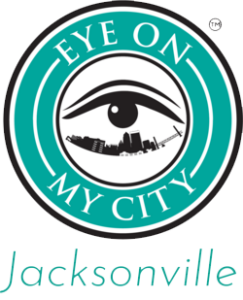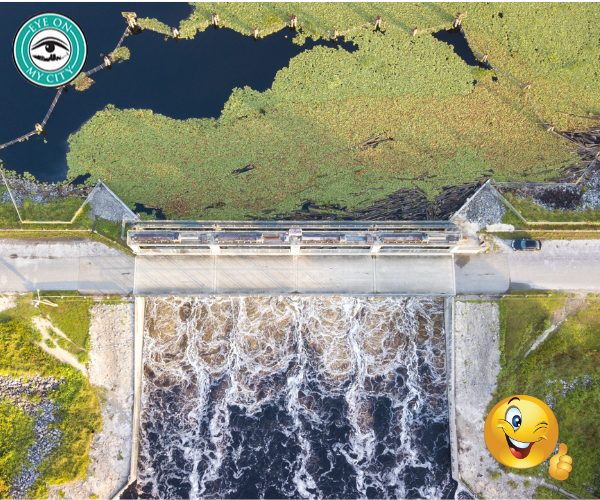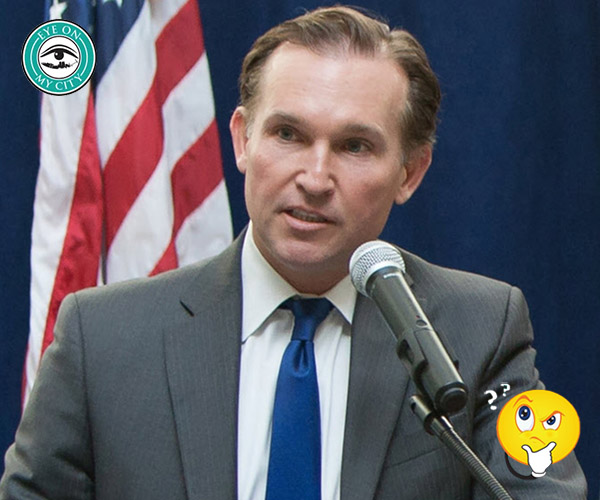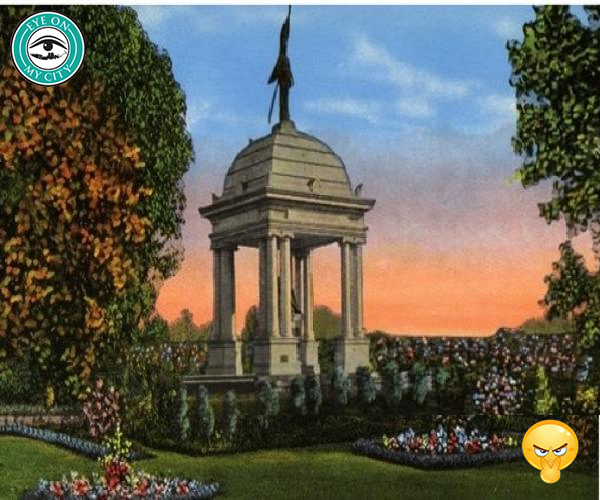
In 2000, Jacksonville citizens gave politicians the right to spend $2.25 billion of their money to reshape the city.
Twenty years later, some local politicians are trying to convince the voters that little has been done to improve the city’s infrastructure, especially in certain areas of town.
This is a detailed listing of what was done under the Better Jacksonville Plan.
Resurfacing
The Better Jacksonville Plan financed $105 million to resurface streets in Jacksonville that had not been paved since 1985. The Department of Public Works paved nearly 1,800 miles of streets. The plan also financed $20 million to fund construction of new neighborhood sidewalks.
Road projects
These include widening, adding curbs and storm water drainage infrastructure.
- Butler Blvd./US-1 and Butler Blvd./I-95 intersections
- University/Beach intersection
- Salt marsh (Fanning Island and FIND) mitigation sites
- Beaver Street (Devoe to Edgewood)
- Atlantic Boulevard (Girvin/Hodges/San Pablo)
- Atlantic/Kernan intersection
- Atlantic/Southside intersection
Railroad grade crossings
- New Kings Road (US 1) – south of 45th Street
A six-lane vehicular overpass was to be constructed to replace the ground-level railroad crossing, to help alleviate traffic delays caused at this crossing by passing trains.
- Franklin Street – north of 17th Street
A pedestrian overpass has been constructed to bridge three sets of railroad tracks at this location, providing residents safe passage over this busy crossing.
- 7th Street – between Harrison and Milnor Streets
A pedestrian overpass has been constructed to span the existing single-track railroad crossing, presenting walkers and runners with a continuous route over the track.
Environmental preservation
- Environmental clean-up of ash sites – $25 million
- Neighborhood park improvements – $15 million
- Preservation Project Jacksonville – $50 million The Preservation Project was a series of land grants for parks. In 2003, The Nature Conservancy awarded Mayor John Delaney the President’s Conservation Achievement Award for his work on the Preservation Project.
- Septic tank remediation – $75 million
Targeted economic development
- Jacksonville Equestrian Center – Cecil Recreation Complex – $25 million
- Jacksonville Zoo: – $10 million
- Northwest Jacksonville Economic Development Fund – $25 million
New or improved public facilities
- Jacksonville Veterans Memorial Arena – $130 million
- Baseball grounds of Jacksonville – $34 million
- New Main Library – $95 million
- New Library Branches/renovations – $55 million
- New Duval County Courthouse – $350 million.
Various areas of the city still need drainage improvements, street resurfacing and the like. But in the mayor’s proposed capital outlay plan $240 million would be spent next year on such needs. It is a five-year plan that is revised annually and it is funding over and above what was included in the Better Jacksonville Plan.
In addition to the spending listed above, the taxpayers have shelled out more than $1 billion in the past 10 years for infrastructure via the five-year plans.
Former Mayor John Delaney told Eye on Jacksonville he thinks that some current politicians have failed to appreciate what the Better Jax plan accomplished.
Like many others, he also does not understand the claim that promises made before consolidation have not been kept. Delaney said it was more a matter of campaign rhetoric by consolidation proponents who said that everybody would be better off by merging the city and county governments.
“Everybody is better off,” Delaney told Eye. But that doesn’t mean every street has been paved and every house provided with sewers, he said.
Council members from four districts that are in the Northwest Quadrant are the ones alleging broken promises and neglect.
Delaney recently wrote a letter to the editor of a small local newspaper, saying the city should take stock of what has been spent in the Northwest Quadrant since consolidation.
He also said that it is necessary to look at actual need, as opposed to just throwing money at a certain area.
Considering what has been done in the past two decades alone, claims that Jacksonville has neglected capital improvements need to be examined thoroughly, not taken at face value.
Like all urban areas, Jacksonville has ongoing infrastructure needs but billions of dollars have been spent on them and continue to be spent. Unmet needs don’t always justify higher taxes, especially those imposed without a public vote.
Never take a politician’s word for it that the government needs more of your money. Especially when he says it is needed for the purpose of “social justice.”










